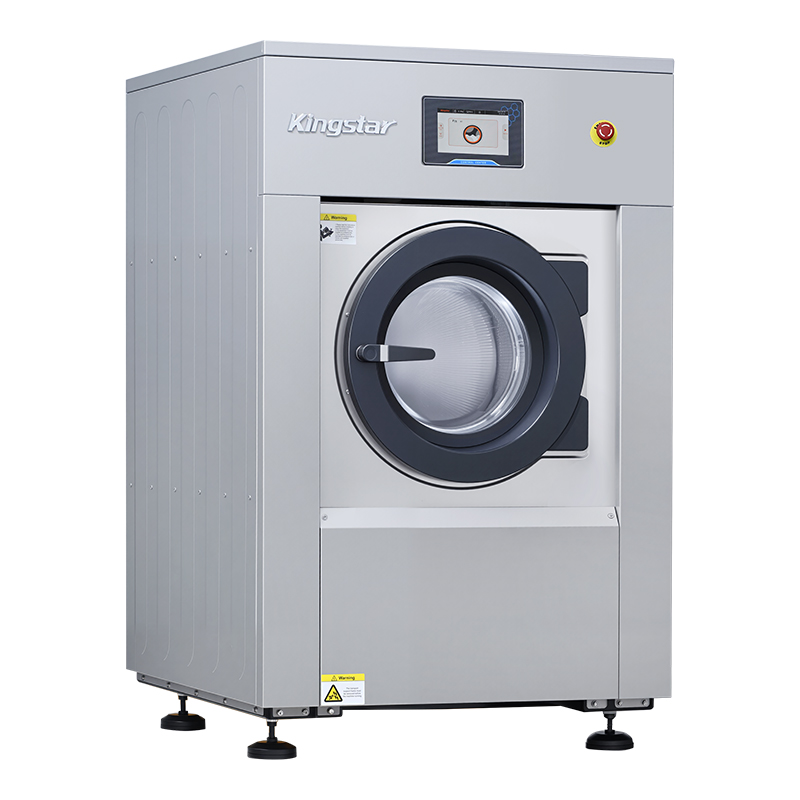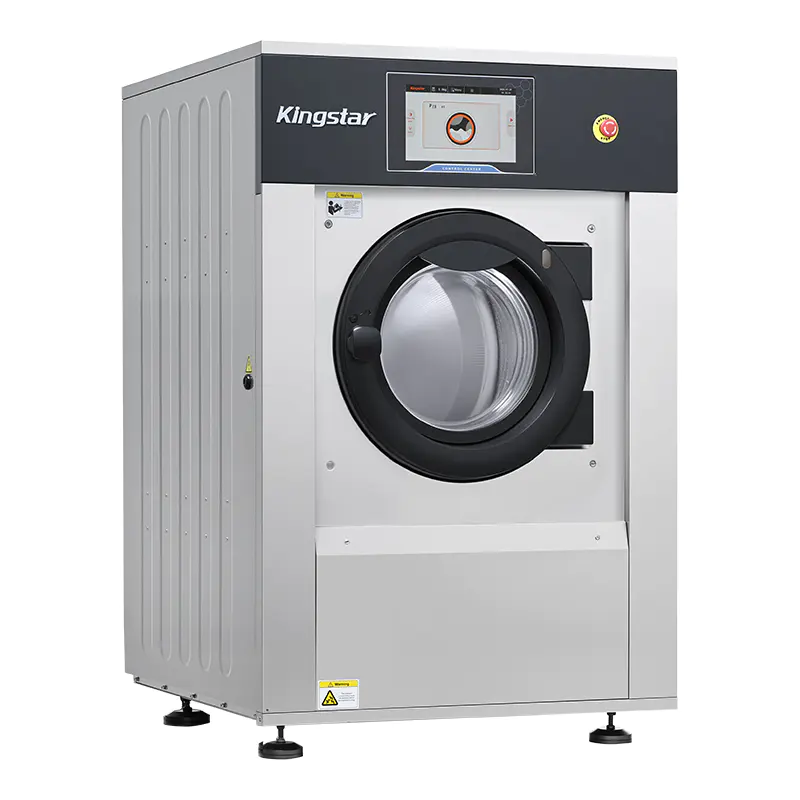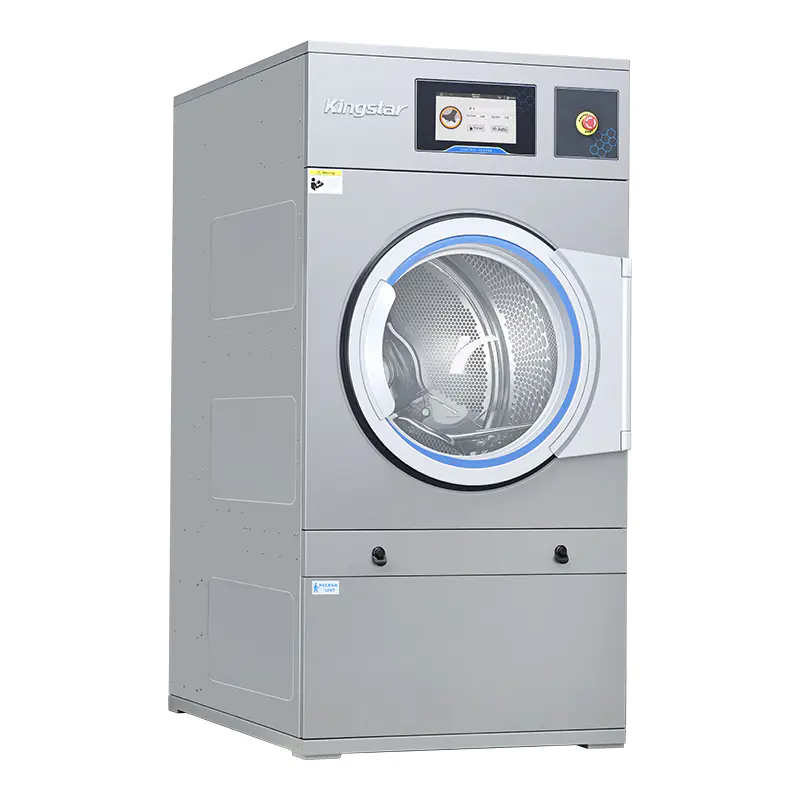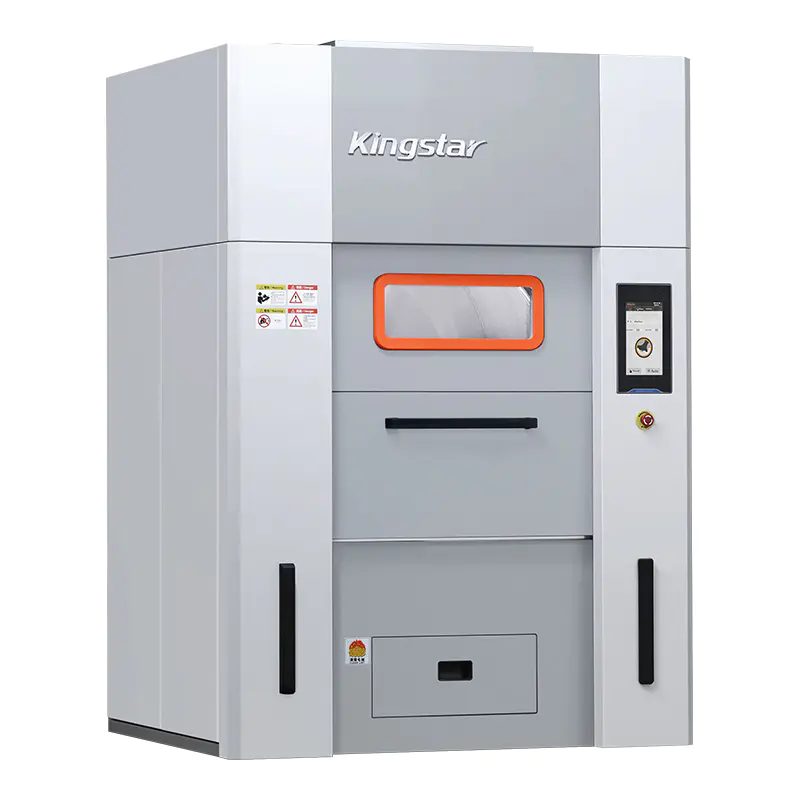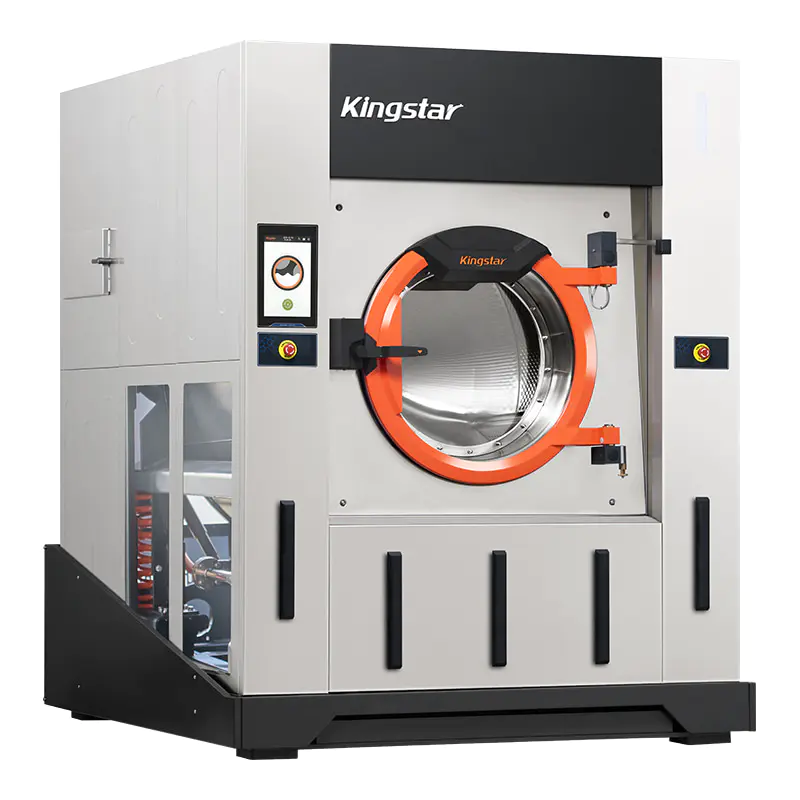
The Profits, Performance and Planning of Self-service Laundries
In the self-service laundry industry, success not only relies on the address and equipment but also on the operators’ familiarity with data and their refined management of the business. Many experienced shop owners said checking the key operating data daily is the basis of maintaining profits and finding problems.
Regular Data Monitoring
- The Structure of Expenditure
The operators should check the main types of expenditure, like water and electricity charges, and labor costs. If the water bill of a store is significantly higher than that of other stores and does not match the business situation, there might be equipment leakage or other hidden dangers, which need to be investigated in a timely manner.
- Trend of income
Although the daily income report is a basic monitoring tool, what is more important is observing the trend. The key lies in the long-term change identification and determination of whether to change the operating strategy or not.
Key Performance Indicators
- The Hourly turnover rate (TPH) and unit price of goods sold
The TPH is the key indicator for measuring equipment utilization rate. By tracking the hourly use by virtue of heat maps or other methods, people can identify the peak and off-peak periods.
- The dynamic pricing and requirement management
When the TPH is over 1.4 hours, the customer experience may decline due to the congestion. In this condition, the dynamic pricing can adjust the passenger flow to avoid the loss of customers. In addition, offering discounts or targeted marketing during off-peak hours can help improve the overall utilization rate of equipment.
Industry Benchmark Data
According to the CLA industry investigation, the basic cost benchmarks for self-service laundries are as follows.
Rent: averagely account for 24% of the income. For most stores, it is less than 29%.
Electricity and Water bill: averagely account for 21% of the whole income
Labor: the average labor cost of the stores that are equipped with services is 22%.
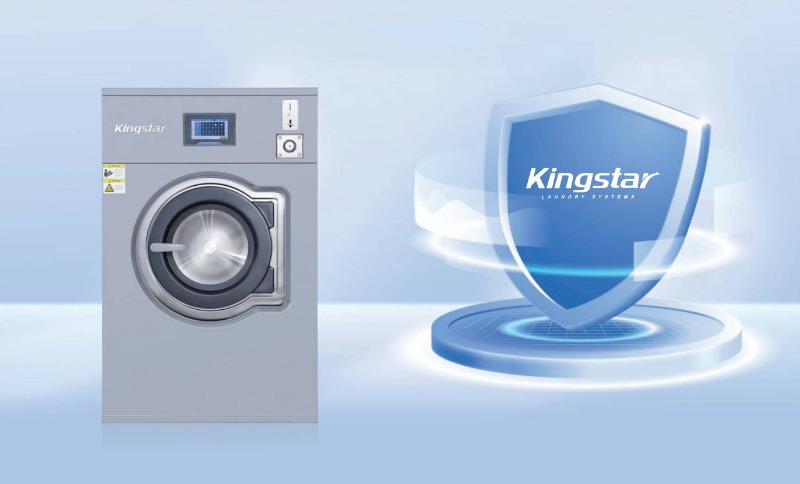
- How to optimize the cost
Lock in utility rates: In some areas, prices of water and electricity can be locked in through contracts to reduce the risk of fluctuations.
Investment in high-efficiency equipment: Though the initial investment is relatively high, it can significantly reduce the consumption of electricity. It can help to keep utility costs below 13%.
Adjust the manual configuration: For stores providing value-added services such as washing, drying, folding, and delivery, labor costs can be appropriately increased, but it should be ensured that the services bring corresponding profits.
Net Profit Rate
The average net profit rate of the industry is 26%. The proportion of outstanding stores can reach over 40%, or even 45%. To achieve a high profit margin, efforts should be made in the following aspects:
- Three core costs: The total of rent, utilities, and labor should not be over 70% of the income.
- Price change: When a store is upgraded, equipment is replaced, or services are optimized, it is a good time to adjust prices.
- Strategic marketing investment: It may lead to short-term losses in the initial stage, but if the customer acquisition cost (CAC) is far lower than the customer lifetime value (LTV), the long-term returns will be considerable.

If the cost of acquiring a customer is $30 and the customer generates $35 in revenue each month, the annual profit can reach $357, and the return on investment is as high as 1,200%.
Overlooked Costs and Long-term Planning
- Separate accounting for expenditures
The expenditures at the store level (water, electricity, and labor) and those at the operation company level (brand development, software systems, and consulting fees) should be managed separately to more clearly assess the profitability and expansion potential of individual stores.
- Increase the management cost
As the number of stores increases, more management resources need to be invested (regional managers, equipment maintenance personnel...). At the same time, continuous investment is also needed in employee training and the establishment of standard operating procedures (SOPs) to ensure service consistency and customer satisfaction.
- Continuous capital expenditures
Equipment replacement, store renovation, parking lot maintenance, etc., all belong to long-term capital expenditures and should be included in the annual budget to avoid the impact of temporary financial pressure on operations.
Life Cycle Management
The self-service laundries are equipped with obvious life cycle characteristics. Factors such as aging equipment and approaching lease terms can all affect the resale value of the store.
- Lease length: The shorter the lease term, the more difficult it is to transfer the store. It is recommended to consider selling the lease when there are still more than five years left to obtain a higher valuation.
- Net profitability: Maintaining a stable net profit and a good operational record is the key to attracting high-quality buyers.
Conclusion
Use the data as a basis and plan the future. The success of a self-service laundry not only depends on its daily operations but also on whether the operator has data-driven management thinking and a long-term strategic vision. Only by continuously monitoring the key indicators, upgrading the cost structure, rationally planning capital expenditures, and making expansion or exit decisions at the appropriate time can sustainable business growth and value maximization be achieved.
ADD:No.388 Xinggang Road, Chongchuan District, Nantong City, 226000, Jiangsu Province, China.
-
Phone: +86-13917089379
-
Tel:+86-13917089379
-
Fax:+86-0513-85663366
-
E-mail:[email protected]
